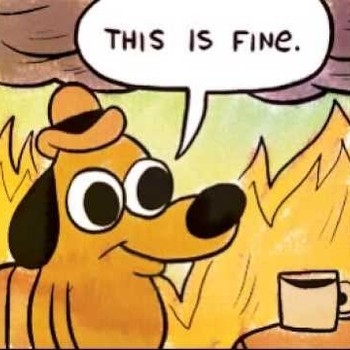N2 (g) + 3H2 (g) -->2 NH3 (g) The equation above is the equation for the Haber process. In a certain reaction, you start with 3.0 moles of nitrogen and 5.0 moles of hydrogen, which molecule is the limiting reagent?
Please please help! Im really struggling!
Please please help! Im really struggling!
2 Answers
See below
Explanation:
Compare molar ratios:
Since
Hope that helps.
Explanation:
"N"_2 + "3H"_2 -> "2NH"_3
In above reaction
"N"_2 : "H"_2 = 1 : 3
If we have
In another way,
If we have



